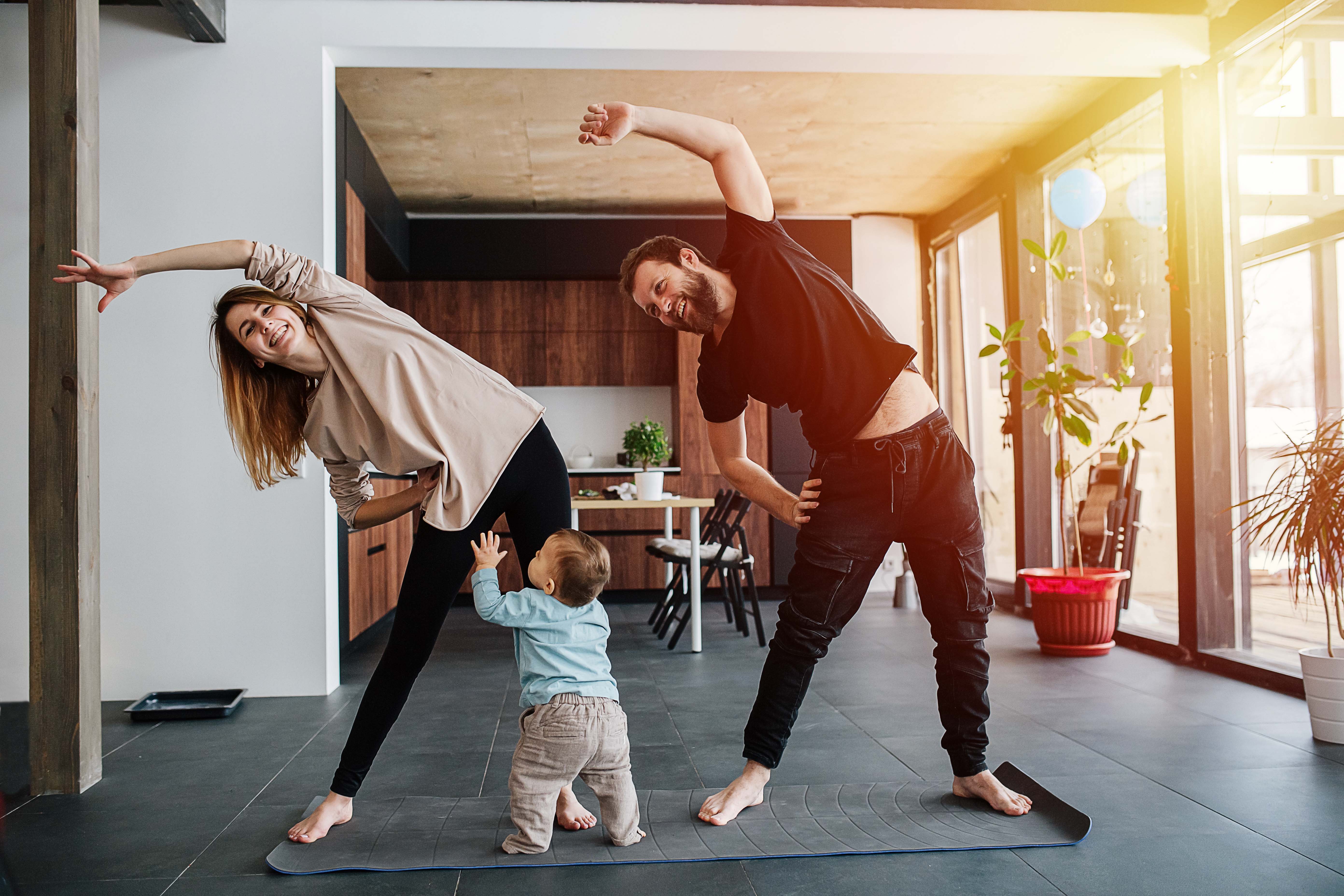By Dr Federica Picariello and Professor Rona Moss-Morris, King’s College London, the UK.
Within weeks around the world, daily life dramatically changed, and uncertainty seized our future in the wake of the COVID-19 pandemic. Beyond the immediate and urgent need to slow down the spread of COVID-19 through rapid and widespread behavioural change (i.e., self-isolation, social distancing, and quarantine), the impact on mental and physical wellbeing needs to be considered to allow early intervention and mitigate the longer-term consequences.
A rapid review showed the negative psychological impact of quarantine, with evidence of long-lasting effects. Factors like longer quarantine duration, fear of becoming infected and preoccupation with physical symptoms indicating infection, frustration, boredom, stigma, and practical issues were identified as important contributors to the negative psychological effects of quarantine. A Position Paper has outlined the mental health research priorities, including accurately assessing the impact and mitigating these consequences under pandemic conditions. This position paper also indicated the importance of providing support for individuals to build optimal structures to maintain their wellbeing, which is likely to also facilitate adherence to behavioural advice required in response to COVID-19.
Anticipating this, we – the Health Psychology Section (IoPPN) at King’s College London – held a public engagement event on how to maintain health and wellbeing during the COVID-19 pandemic using health psychology theory and evidence. Here we will focus on four key areas for physical and mental wellbeing that were highlighted: 1) establishing new healthy routines at home, 2) achieving a helpful balance in symptom monitoring, 3) identifying new ways of connecting and leisure activities, and 4) managing uncertainty.
1) Establishing new healthy routines at home
The measures in place to halt the outbreak of COVID-19 bring profound changes to normal routines and it can be challenging to adjust to a new daily schedule and keep track of time when typical time anchors and external pressures are no longer present. These changes are also an opportunity to create new healthy routines, key to staying physically and mentally well during the pandemic.
There are clear recommendations for physical activity, sedentary behaviour, sleep, nutrition, and alcohol consumption. A recent review of effective techniques aimed at promoting healthy eating and physical activity identified that self-monitoring combined with one or more techniques like goal setting as key behaviour change methods. For goals, being specific about the ‘what’ and the ‘when’ is also important. For example, it is harder to stick to a goal ‘I will have three alcohol-free days’ than to one that says ‘I will refrain from alcohol on Monday, Tuesday and Thursday.’
2) Achieving a helpful balance in symptom monitoring
Monitoring symptoms and responding by self-isolating if experiencing a new and continuous cough and fever is another measure that has been adopted in response to the pandemic. It is very natural in the current circumstances to become worried about somatic sensations and engage in continuous scanning of the body for symptoms. However, approximately 80% of people will experience one or more symptoms in any given month and respiratory physical symptoms are common. Everyday physical symptoms can be related to our bodies’ flight-or-fight response to stress. Therefore, whilst some anxiety is helpful as it motivates people to follow the measures in place, too much anxiety can increase symptoms and stop us from getting on with daily tasks. Being aware of thoughts and emotions and moving our attention from symptoms to other activities can help as can relabeling or reinterpreting symptoms (e.g., my breathlessness could be because of stress). Relaxation exercises can also help anxiety if symptoms are exacerbated by stress. It is a difficult balance as clearly it is also important to physically isolate if you have actual COVID-19 symptoms and seek medical attention if they become more serious.
3) Identifying new ways of connecting and leisure activities
The term social distancing to describe the lockdown is perhaps unfortunate, as we need to maintain a physical distance whilst trying to find ways to remain connected socially. Social isolation and loneliness are related to increased mortality and hospitalisations. Therefore, staying in touch with friends and family remotely while staying at home, spending time with members of the household, and leisure activities were reported as important coping strategies during the quarantine.
4) Managing uncertainty
Worry about the future and uncertainty about when life will go back to normal are common. Emotions, both positive and negative, are part of normal life. Worry, fear, and anxiety in response to the current circumstances are in fact fitting. Dr Russ Harris, a world-renowned acceptance and commitment therapy (ACT) clinician, has put together some very helpful resources for strategies to better manage the current uncertainty. For example, bring to your mind a thought you’ve been struggling with (e.g., “I can’t see my family because of lockdown”), focus on this thought for 30 seconds. Next, put this thought inside the phrase “I am having the thought that…” and focus on this for 30 seconds. Finally, put your thought inside the phrase “I am noticing I am having the thought that…” and focus on this for 30 seconds. With every step, you may notice more distance from the thought.
Practical recommendations
- Help people to re-establish or develop new helpful routines at home, by encouraging self-monitoring of physical activity, sedentary behaviour, sleep-wake cycle, nutrition, and consumption of alcohol and using SMART goals (Specific, Measurable, Achievable, Realistic, and Timely) to make changes.
- Normalise negative emotions, like anger, guilt, frustration, fear, anxiety, and sadness; as fitting responses to a challenging and uncertain situation.
- Explain that it is essential to prioritise some activities which are enjoyable and relaxing, not just work and chores. This can mean learning something new or rediscovering a hobby that they would not normally have time for. During this time at home, we may need to be creative about what these activities can be, particularly for screen-free time.
Additional helpful tips can be found here.

